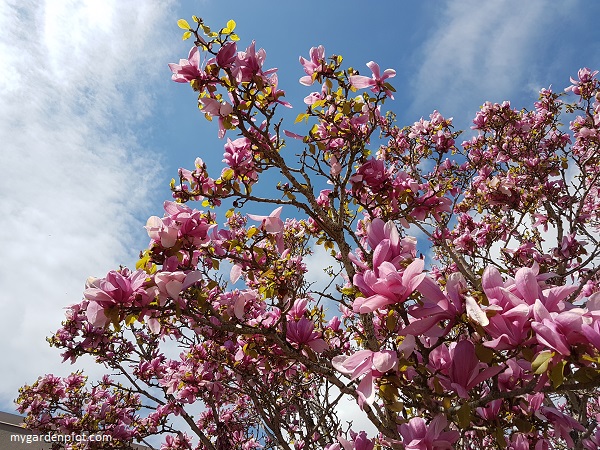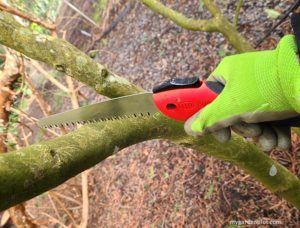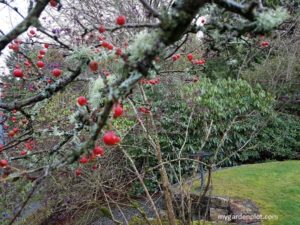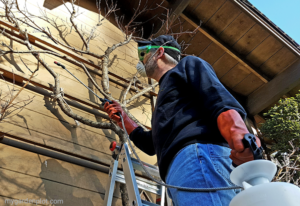Gardening Checklist For April In The Pacific Northwest (Mid Spring)
Spring is underway, and with frost-free days almost behind us, every gardener is excited and eager to be in the garden. But many tasks, there is always the question of what to do in the garden mid-spring.
The hard work begins as the warm days are welcomed. The following gardening checklist will help narrow down the necessary tasks that need to be done in mid-spring.
What To Do In The Garden Mid Spring
- Continue spring cleaning the garden borders, remove the last of dead plant matter.
- Keep tackling those weeds by removing all of them – especially dig out those deep-rooted dandelions and thistles.
- Soil conditioning is required after winter, and add compost and mulch to your garden and vegetable beds.
- Check your plants if they need fertilizing. In the Pacific Northwest, it is now time to feed acid-loving plants such as rhododendrons at this time.
- If rainfall has become sporadic and the soil begins to dry out, water plants, especially new plantings and containers.
- Plant new shrubs and trees.
- Check your power tools, hoses and built-in irrigation systems.
- Divide mid-summer blooming perennials if needed.
- Peonies will have started growing, and this is an excellent time to place support rings before they bloom.
- Check what still needs pruning or light trimming like lavender, boxwood and winter-flowering heathers.
- Prune early-spring flowering shrubs, such as forsythia, once they have finished flowering.
- Continue to remove any winter-damaged stems or deadwood.
- Watch for garden pests, such as slugs and snails looking to munch on new growth, especially hostas.
Lawn Care Mid Spring
- Feed your lawn and add dolomite lime if needed.
- Manage moss and remove any weeds.
- It is likely your lawn is tall enough to mow now.
- Overseed any bare patches in your lawn.
SEE MORE: Lawn Care And Maintenance
Kitchen Garden in Mid Spring
- Weed vegetable beds and prepare for planting by raking and sifting the soil.
- Remember to build your soil with compost and manure.
- Test the soil’s pH in your vegetable beds and test for nitrogen, phosphorus and potassium.
- Add fertilizer and lime as needed.






